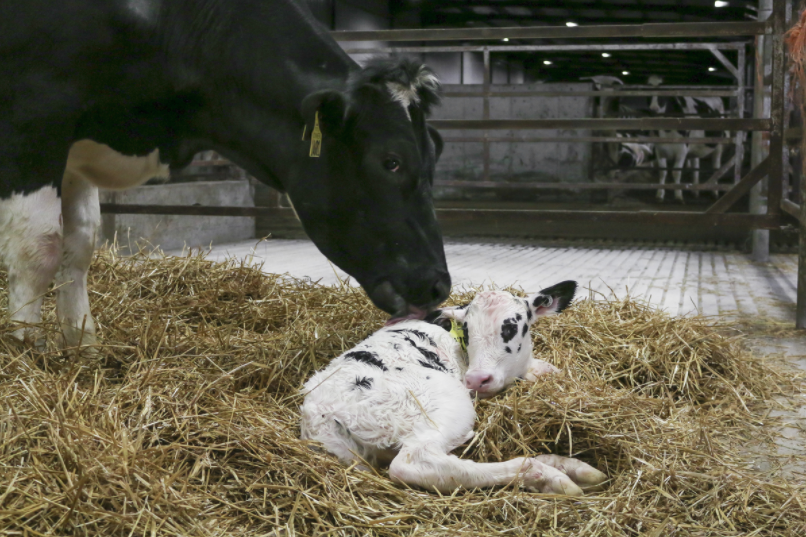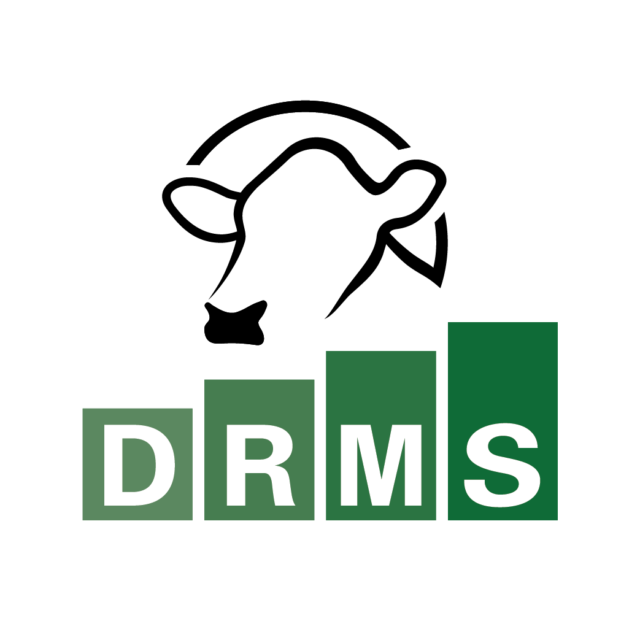Hypocalcemia (low blood calcium level) is a “normal” physiological response in mammals to supply the calcium necessary for colostrum, milk production and immune system activation, if necessary.
Thankfully, mammals have a good store of calcium in their bones that is regulated by hormones, with the three primary being: parathyroid hormone (PTH), vitamin D3 and calcitonin. In addition, these hormones can increase calcium uptake from the intestine, as well as stimulate kidney reabsorption of calcium.
Clinical milk fever in dairy cows has been well investigated in recent decades. The utilization of anionic salts and dietary cation anion difference (DCAD) balancing have basically eliminated the incidence of clinical disease on most dairies. Unfortunately, subclinical hypocalcemia (SCH) is still frequently diagnosed on dairies. Persistent hypocalcemia can lead to clinical milk fever. Some studies cite as high as 50% incidence of SCH, but few studies are aligned on an optimal test day and threshold for SCH intervention.
Some studies suggest that testing immediately after calving has no informative value other than to be useful to know if the pre-fresh diets are doing their job.
Researchers from Cornell University suggested that testing at two to four days in milk is the best strategy for commercial herds when they want to check herd calcium status.
Based on that testing strategy, cows were classified into four groups:
- Normocalcemic: with normal calcium levels on day one and four after calving.
- Transient SCH: start low but recover quickly to normal levels on day four.
- Persistent SCH: small but extended drop in blood calcium.
- Delayed SCH: normal calcium on day one but significant blood calcium drop later and slow recovery after four days in milk.
Normocalcemic and transient hypocalcemia cows returned to normal dry matter intake (DMI) soon after calving and subsequently gave more milk (with transient hypocalcemia cows having better performance after calving).
Conversely, cows with delayed or persistent SCH did not recover intake quickly enough, showed magnesium deficiencies and were much more likely to get a subsequent postpartum disease. They also produced less milk in lactation, especially the delayed hypocalcemic cows.
Therefore, the duration of subclinical hypocalcemia has a significant effect on the health of the transition cow.
These studies make patent the need for a good testing strategy, and a practical way to implement it to better categorize and manage calcium metabolism in dairy cows, but also the necessity of a fast recovery of DMI as they go into lactation.
One interesting point in these studies was that herds receiving a DCAD diet did not have any persistent SCH but did have delayed SCH cows. This highlights the benefits of using DCAD prepartum diets but also the fact that it is recommended to establish strategies to get cows back on feed faster to avoid delayed SCH cases.
All fresh cows experience a disruption in feed intake and benefit from any intervention that promotes the fast recovery of DMI. Not only from a calcium homeostasis standpoint, but it is also important for other required nutrients such as potassium, magnesium, energy, protein and even water.
There is not yet a good cowside test to measure blood calcium. There are some options on the market, but they are still too complicated, expensive and time-consuming. Further development is needed to have a reliable, simple and cost-effective solution.
To reduce the impact of delayed or persistent hypocalcemia, two main strategies should be implemented.
- Work with your nutritionist on a good pre-fresh diet that regulates calcium metabolism. A pre-fresh diet low in calcium (less than 20 grams per day) is difficult to realize. Other options are the use of calcium binders or a DCAD diet.
- If SCH is detected or presumed, then oral calcium is the most practical solution available. Choose a supplement that provides not only calcium but also other required nutrients that help to recover DMI as fast as possible.
It is also important to keep in mind that administering intravenous calcium to a standing cow can generate negative effects on DMI and milk production.
Finally, we should not forget that immune activation and subsequent inflammation are normal during transition and partially needed for placental expulsion and tissue repair and mobilization. The cause of that immune activation remains unclear, although an udder, uterus or intestinal origin has been proposed. It is well known that if inflammation becomes pathological, it reduces feed intake and causes further hypocalcemia. That leads to questioning if low circulating calcium is a pure disease or a consequence of a bigger problem.
In summary, not all hypocalcemia cases are the same. For high producers, a temporary drop in calcium is even necessary to trigger a homeostatic response. Testing between two and four days post-calving is a better strategy to identify cows that would benefit from prolonged support, but better methods should be developed for commercial farms. This could have important implications in future strategies of prevention of SCH in dairy cows.








